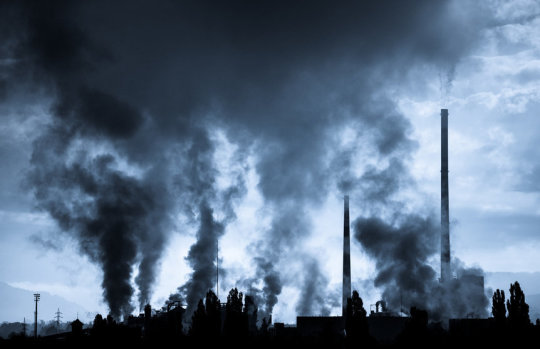 By Emily Folk
By Emily Folk
Water is one of the most important substances on the planet. Every living being needs it to survive. We drink it, use it to produce food and use it for hygiene purposes. Sadly, though, one-sixth of the people in the world don’t have adequate access to clean water.
The reason for this isn’t so much that there isn’t enough water as it is an issue of management and distribution. While people in some areas struggle to find enough, other regions end up wasting substantial amounts of water.
Which Countries Use the Most Water?
Many of the countries with the largest populations also top the list of nations that use the most water. China, India, the United States and Brazil used the most, and they’re the first, second, third and fifth most populous countries.
The amount of water used per person in each country, though, varies significantly. Per capita, the United States used the most water at 2,842 cubic meters per annum. People in India use about 1,089 cubic meters, while the global average is 1,385.
Countries that have abundant water supplies tend to use more than others. Most parts of the United States, for example, have reliable resources of fresh water. The United Kingdom, however, has a much smaller supply, causing them conserve more. In the UK, the average person uses 39 gallons per day compared to the American’s 110 gallons.
Across Europe, water use varies rather widely. Iceland, Macedonia and Greece have some of the highest residential water use, while Norway, the Netherlands, Belgium and Switzerland use large amounts for industrial purposes.
In Africa, water supply conditions vary from country to country. Some have plentiful supplies, while others do not. Even in nations that have freshwater sources, ineffective distribution of that water is a problem. Three-fourths of people in Africa do not have reliable access to clean water.
Much of Australia is sparsely populated desert. So while waters use in much of the country is minimal, people have relatively high levels of water use along the coast where populations are higher. Consumption has been falling, though, as drought conditions and other environmental pressures push the nation to better conserve its water resources.
What Do We Use Water For?
People use a lot of water at home, but much more water use goes toward agricultural, industrial and other processes. These indirect water uses make up the largest portion of our water footprints. Globally, irrigation for agricultural use is the biggest reason for water withdrawals, accounting for 70 percent. Industry accounts for 20 percent and municipal use for 15 percent.
Lifestyle choices also play a part in shaping someone’s water footprint. Part of the reason that the United States uses so much water per capita is our diet. Meat consumption is responsible for 30 percent of an average American’s per capita water footprint, and sugar represents 15 percent.
More direct at-home uses of water include drinking, cooking, showering and flushing the toilet, which accounts for 24 percent of water use in the average American home. Showering uses 20 percent, running the faucet uses 19 percent and washing clothes makes up 17 percent. Leaks are another significant contributor, accounting for 12 percent of household water use on average.
How Can We Conserve Water?
While these are all legitimate uses of water, the way in which we use water for these purposes can result in waste.
In the agricultural and industrial sectors, we need to look for more efficient ways to use water. Many farms, for instance, have switched to drip irrigation, which supplies water directly to the root of the plant, rather than the entire area around the plant. Other ways that farms can reduce their water use include planting more native plant species, switching to crops that require less water and raising less livestock. Consumers can support these efforts by purchasing these native foods and eating less meat.
Turning off the water in your home, even for short periods can result in substantial water savings. Turning off the tap while you brush your teeth, for instance, can save eight gallons of water every day. Only running the dishwasher when it’s full can reduce the average U.S. family’s water consumption by 320 gallons per year. Fixing leaks in a home can prevent 180 gallons of water waste every week. According to the Environmental Protection Agency, installing water-efficient fixtures and appliances can cut water consumption by 20 percent.
In countries that have a consistent source of freshwater, it’s easy to take the resource for granted. In many parts of the world, though, water is a scarce commodity. To help solve the water crisis, we need to keep in mind the reality that many people face every day and push for more efficient water usage at home and in society overall.
Emily Folk is a sustainability and conservation freelance writer and blogger. She feels passionate about helping the planet and teaching others why environmental awareness is key. You can see her work also featured on Natural Parent Magazine, AltEnergyMag, and CSRwire.















